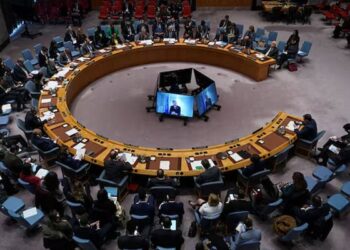Global Military Spending: A Deep Dive into Expenditure Trends
Military expenditure is a crucial indicator of a nation’s defense priorities and geopolitical strategies. As global tensions rise and technological advancements reshape warfare, the allocation of resources towards military capabilities remains a topic of significant interest. In 2024, the world’s military spending is characterized by substantial contributions from a select few nations, with the United States and China taking the lead.
Global Expenditure Overview
Dominance of the United States
In 2024, the United States emerged as the largest military spender, allocating an astounding $997 billion to defense. This figure represents a significant 37% of the total global military expenditure, underscoring America’s commitment to maintaining a robust military presence both domestically and internationally. This expenditure not only supports the operational capabilities of the military but also drives technological innovation and development.
China’s Accelerated Spending
Following the United States, China ranks as the second-largest military spender, with an estimated budget of $314 billion in 2024. This spending accounts for 12% of global military outlays. Notably, China has seen a 7% increase in its military budget from the previous year, marking the largest annual rise since 2015 and the continuation of a 30-year trend of escalating military investments. This sustained growth aligns with China’s overarching goal to modernize its military capabilities by the year 2035, emphasizing advancements in areas such as aerospace and cyber warfare.
Notable Expenditures by Other Nations
India’s Growing Defense Budget
India stands as the world’s fifth-largest military spender with a budget of $86.1 billion, accounting for 3.2% of global military expenditure. The nation recorded a modest increase of 1.6% in military spending from 2023 to 2024. Historically one of the largest importers of armaments, India is actively shifting its strategy towards domestic procurement, aiming for self-reliance in defense manufacturing.
European Contributors
Among European nations, France leads with a military investment of $64.7 billion, ranking ninth globally. This investment reflects France’s strategic importance in European defense and its commitment to both national and collective security initiatives.
Japan and South Korea
Japan and South Korea follow in the rankings with military expenditures of $55.3 billion and $47.6 billion, respectively. Japan’s budget signifies the country’s shifting defense posture amidst regional security concerns, while South Korea’s spending reflects its ongoing tensions with North Korea and allied commitments with the United States.
Taiwan’s Defense Spending
Taiwan has showcased a notable increase in its military budget, rising by 1.8% to $16.5 billion. The increase is primarily driven by the procurement of U.S.-made weaponry and the development of indigenous defense systems, positioning Taiwan as a key player in the security dynamics of the Asia-Pacific region.
Conclusion
As military expenditures continue to evolve, the focus on modernization, self-reliance, and international collaboration shapes the strategies of nations around the globe. The interplay of defense spending illustrates the complexities of global security and the prioritization of military readiness in an increasingly unpredictable geopolitical landscape.






